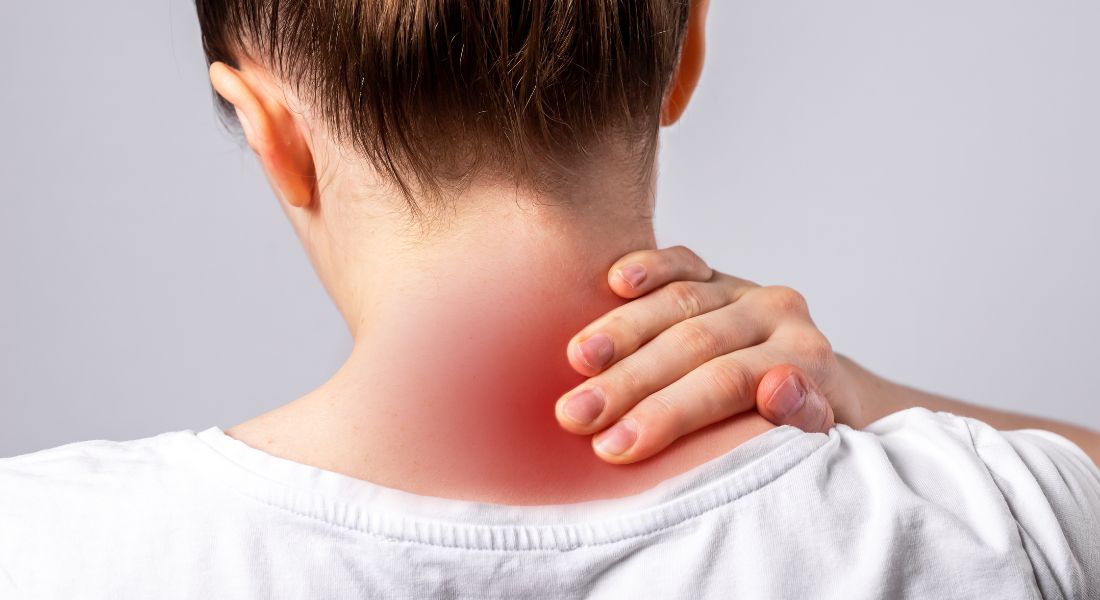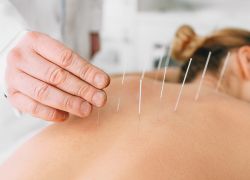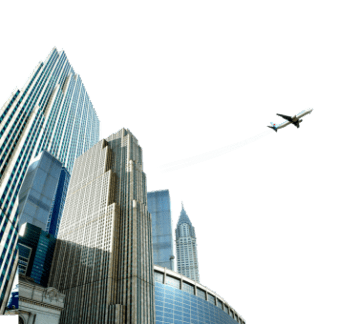
On some occasions, a car accident that fortunately did not have serious consequences, can still cause some consequences or side effects. If they are not detected at the moment, they are left waiting for the body to react to these invisible aggressions as the months go by. This is how headaches and sleepless nights appear, or sciatica, neuralgia, low back pain…
The regulations have instilled in us the use of seat belts, so that the person wears them tightly inside the vehicle. He is responsible for immobilizing the two lateral bones of the pelvis against the car seat, and also crosses the thorax at the level of the sternum. These are the areas of the body that receive the most intense pressure during impact. The forces generated at the moment of a collision push the head forward and, behind it, the spinal column and sacrum are dragged, victims of the impulse. This strong imbalance disturbs the normal structural order. The trauma resulting from this violent forward movement is called “whiplash,” the severity of which will depend on the specific conditions that have occurred in each situation. However, even if it was mild, the mark of the impact remains engraved in the connective tissue.
Immediate attention to the accident is usually accompanied by x-rays that guarantee the physical integrity of the body. However, they are unable to detect the signs of the crash, even though they are causing, for example, headaches, neck or neck pain, migraines, vision problems, sleep disorders, etc.
How does an osteopath help after a car accident?
To intervene in this type of ailment, the osteopath uses his knowledge of the dura mater, an outer meninge that surrounds the cranial cavity and extends through the spinal column to end in the sacrum and the coccyx. In this way, the head and the lumbar area are closely related and a blow to either of them can affect the other. The osteopath is a specialist in treating the problems caused by tension in the dura mater and the discomfort that is generated from it, in addition to other possible specific ailments of each particular blow.
There are numerous reasons why it is advisable to consult an osteopath after having suffered a car accident and after having completed the medical examinations:
situations of vertebro-cervical pain with stiffness of the neck and inversion of the cervical curve, amnesia, disorders in senses such as sight, hearing or smell. It is much more important to do so if after the collision there were episodes of loss of consciousness or during the collision you hit your head. Remember that the simple emotional impact of a car accident intensely alters the body. Your osteopath will review your entire structural balance to restore the parts that have been affected and prevent them from worsening over time, so that there are no consequences of that unpleasant moment and you can continue your life in optimal conditions.
Have you been in a car accident and want to make sure everything is okay with your spine? Did you have an accident years ago and have pain in your head, neck or tailbone? In addition to cervical or back pain, remember that other physical symptoms may occur: do you notice stiffness or vertigo? Have neuralgia or severe migraines appeared? Finally, we should not ignore the emotional effects that, poorly managed, can lead to depression: do you feel anguish, irritability, anxiety? All factors interact in the body and are calls for attention so that we dedicate the care it requires in its new search for lost balance. Contact us to evaluate your case and, if necessary, participate in the Probodyone program.
The basic steps of the Probodyone program would be as follows:
Fitbodyone
1) Work on a physical level, where first an osteopathic adjustment is made to rebalance the vertebral structure and the tension of the dura mater responsible for tension headaches and migraines.
2) Neuro physical training to reprogram the visual, cervical and deep muscular sensors, altered during the impact of the whiplash.
3) Physical coaching, with exercises sent by email to your Smartphone, so you can have specific exercises on the neck and connective tissues, alternating 3 to 5 exercises daily.
Mentalbodyone
1) Craniosacral osteopathy to rebalance on an energetic level: whiplash causes a post-traumatic syndrome with an important psychological aspect; There are people who never drive again because of fear, etc. and this psychosomatic tension must be released with craniosacral osteopathy and the work of the dura mater with breathing.
2) Meditation and coaching session to free yourself from the past event and create a new future, based on generating new thoughts and new emotions.
Fabrice Lefevre.









